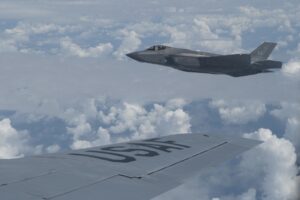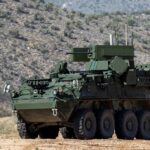
Incentive payments for Lockheed Martin [LMT] in the new, possibly $6.6 billion, three-year sustainment contract to the company for its F-35 fighter are contingent upon the meeting of cost per flight hour (CPFH), parts availability, and aircraft full mission capable (FMC) rate goals for fiscal 2021, 2022, and 2023. The F-35 Joint Program Office (JPO) and Lockheed Martin have declined to release the cost per flight hour, parts availability, and FMC targets that Lockheed Martin is to meet for fiscal…














